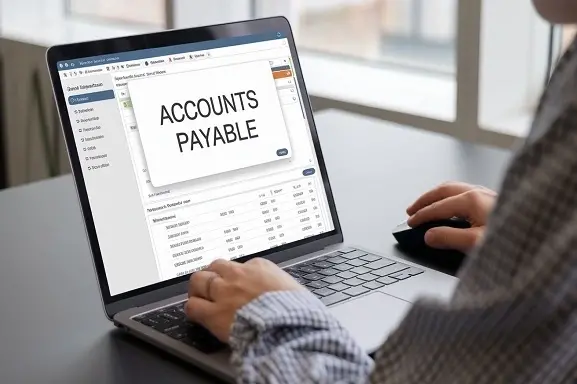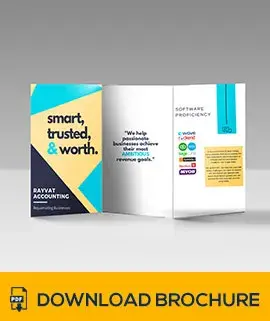How Do You Track Accounts Payable In Quickbooks?

Accounts payable or AP can be explained as the credit purchase made by the business organization from the vendors or suppliers. This means that as a business owner, it is important to monitor the AP to ensure that there is enough cash to meet all the financial obligations at the right time.
QuickBooks offers to assist you in managing accounts payable.
Enable Accounts Payable
The first one is to make sure that accounts payable tracking in QuickBooks is activated. Choose Edit in the menu bar and click on Preferences. Navigate to Accounting in the left vertical menu, in the Company Preferences section, tick the box next to “Use accounts payable”. To accept the change click OK. This triggers AP features throughout QuickBooks.
Enter Bills
When you get a bill from a vendor, document your accounts payable transactions in QuickBooks by entering a bill. Under the vendor tab, locate the enter bills link to open the enter bills form. Choose the vendor name, and input data such as the bill date, the billing period, and the amount due. You can also divide the total into several accounts if that is necessary. These bills should be saved to be included in AP aging reports when necessary.
Pay Bills
When it is the payment’s turn for AP balances, it is recommended to use the Pay Bills option rather than writing checks. Navigate to Vendors > Pay Bills and select all the bills you would like to pay. Check the list of payments and the amount to be paid on each based on your discussion and agreement with the key personnel. Use Pay Selected Bills to evenly deduct the total amount due from your bank account and clear the AP balances to zero.
Aged Payables Reports
Another advantage of tracking accounts payable in QuickBooks is the ability to obtain aged AP reports. This built-in report can be located in the following path: Reports > Vendors & Payables > Aged Payables. Total payables are disaggregated into four aging categories which include the Current, 1-30 days, 31-60 days, and 61+ days. Having these aging metrics enables a company to track and recover on late payments without jeopardizing the relationship with the vendors.
Bill Payment History
QuickBooks also offers aged summaries and detailed bill payment history for each vendor account on a particular level of granularity. I have selected one vendor record randomly and then I have navigated to the Transactions tab. Change the drop-down list from ‘All Transactions’ to ‘Bill Payments’ to display the table of all the settled bills for the particular vendor. It is easier to recall specific details such as the bill number, the amount paid, and the date of payment among others.
Monitor AP ledger
QuickBooks uses the accounts payable ledger as the main record of the amount of money owed to suppliers and the amount that has been paid to them. Go to Accountant & Taxes and select View Accounts Payable Ledger to see it. These include the transaction type, the vendor, the date when the transaction is due, the memo, and the status of the entry. Look for bills that are due, sort by vendor, and look at each transaction link to individual bills for further examination.
AP Reports
The accounts payable reports section has a few more specific reports that can be used to pull AP data out of QuickBooks. Some of them include AP by GL Account Summary which displays the total of payables on the general ledger expense accounts. The Vendor Balance Summary eliminates gross total balances recoverable from each of the vendors. The Unpaid Bills Detail report gives a list of all the bills that are outstanding and have not been paid. Consult and adjust these reports according to your requirements for AP analysis.
Monthly Reconciliation
Ensure it is a norm to perform monthly AP reconciliation in addition to bank account reconciliation. Total payables balances documented in QuickBooks reports should be compared to other documentation and statements from vendors. This will help in locating what perhaps might have gone astray in the system in terms of bills, other forms of payments, or credits. Tying out reconciliation makes it possible to make sure every aspect of the accounts payable is accounted for correctly.
In Summary
AP tracking is as elementary as keying each invoice on receipt, paying all bills as due, and scrutinizing AP aging. Make use of QuickBooks tools such as reporting, bill payment, and ledgers, to closely monitor the amount of money you owe your vendors at any given time. These management habits of AP create a decrease in any probable delay fees, cash flow planning, and vendor relations. And having integrated accounts payable management is beneficial for sustaining a better financial position in your small business.
Contact us here for an accounts payable management solution now!

